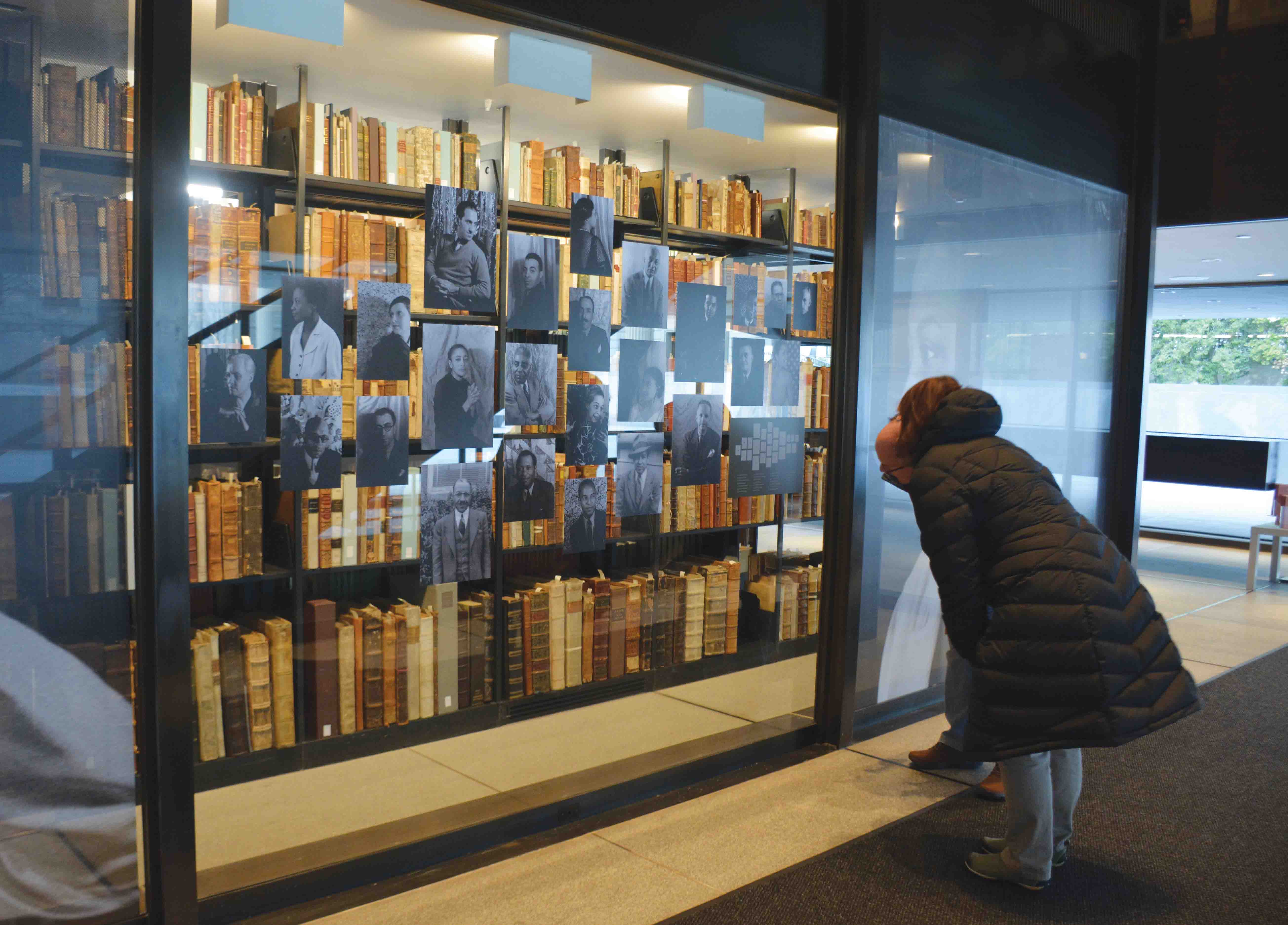
Key artists, writers and activists from the Harlem Renaissance are on display as part of a new exhibit at the Beinecke Rare Book and Manuscript Library.
The exhibit “Gather Out of Star-Dust: The Harlem Renaissance & The Beinecke Library” is part of the Beinecke’s year-long celebration of the James Weldon Johnson Memorial Collection of African American Arts and Letters’ 75th anniversary. The Harlem Renaissance figures prominently in the collection, as this exhibit features roughly 300 objects ranging from photographs and letters to historical memorabilia.
“While 300-ish objects could never approach a comprehensive view of the Harlem Renaissance, our exhibition does attempt to show both the breadth and the depth of our collection’s representation of many of the aspects of this multifaceted period,” exhibit curator Melissa Barton said.
As Barton writes in the forthcoming companion volume from Yale University Press, African-American culture became part of the American mainstream during the Harlem Renaissance, which lasted for approximately 30 years post-World War I.
E.C. Schroeder, the Beinecke’s director, said in a press release that the period was crucial to the creation and compilation of archives of prominent African-American cultural figures’ works. He added that both contemporary scholarship and the Beinecke’s collection ensure the conservation of these works for future generations from which to draw inspiration.
The exhibit stretches across both floors of the Beinecke, with some objects featured on the library’s glass cube surrounding the book stacks. Upon entry, visitors are greeted by snapshots captured by renowned New York photographer Carl Van Vechten portraying prominent members of the era, including Langston Hughes and Duke Ellington. An original 1932 map of Harlem’s nightclubs created by E. Simms Campbell — the first African-American illustrator whose work was published in national magazines — hangs alongside the photographs.
The exhibit is divided into subtopics, including the overall historical background of the period, the representation of the visual and performing arts and a few glass cases dedicated to the act of collecting Harlem Renaissance’s artifacts itself.
The Beinecke is also displaying a companion exhibition, “Caricature Assassination: Miguel Covarrubias Murders New York,” organized by Beinecke curator Nancy Kuhl. Covarrubias sketched several of the Harlem Renaissance’s most prominent figures.
According to Barton, some of the most precious objects in the exhibition include first edition books with rare original jackets designed by Harlem painter and illustrator Aaron Douglas and Miguel Covarrubias.
“Some of my favorite objects are some of the most ephemeral pieces -— pieces that you wouldn’t imagine would have been saved,” Barton said. “These include a visitor’s pass for the U.S. House of Representatives for James Weldon Johnson signed by Leonidas Dyer, sponsor of the anti-lynching bill that Johnson championed.”
She also pointed to a photograph of the 1917 Silent Protest Parade organized by the NAACP and headshots of Bill Robinson and Zora Neale Hurston as some of her favorite items on display.
For this exhibit, the Beinecke is also piloting the use of two interactive touchscreen displays. One allows visitors to read the biographies of 51 people whose portraits appear at the exhibition, and the other contains music and clips from the era.
Many attendees of the opening reception on Jan. 27 enjoyed taking pictures in a photo booth created for the exhibit’s launch by New Haven’s Lotta Studio. The booth represented a photo studio in the style suggested by that of Van Vechten’s photographs, Barton noted.
“I hope everyone seeing the exhibition, no matter how much or how little they already know about the Harlem Renaissance, will see something that surprises them,” Barton said.
The exhibit runs through April 17.







